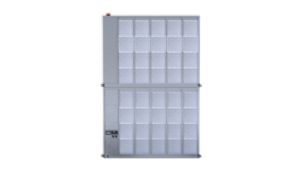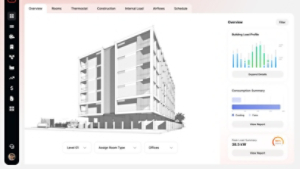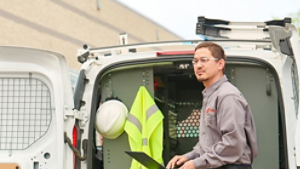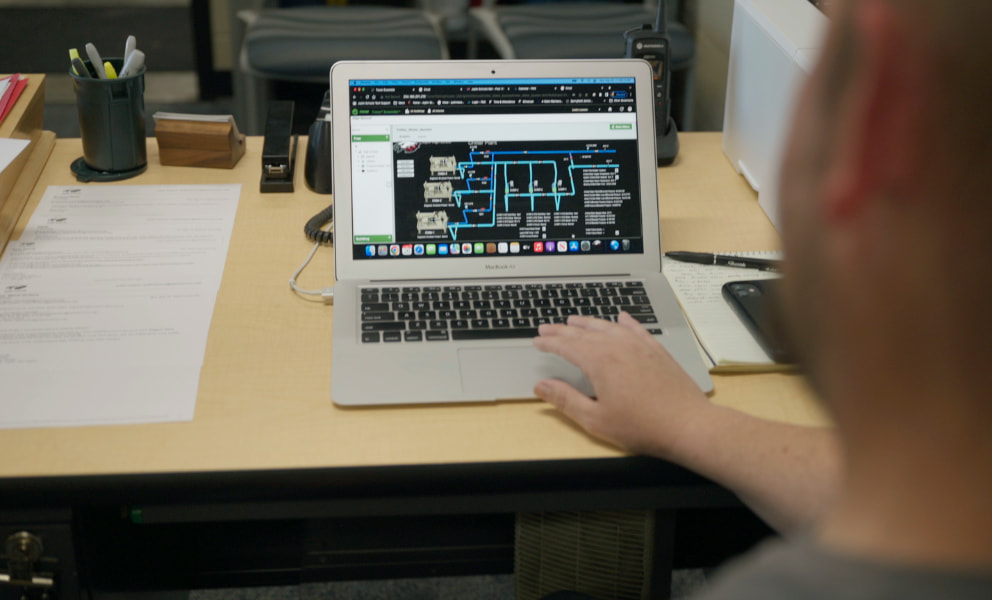- Overrides – In response to building complaints, staff had entered as many as 3,000 still-active system overrides, so the building operating schedule was no longer aligned with actual occupancy requirements. In some cases, overrides were causing heating and cooling to take effect at the same time.
- High CO2 – Some outside air dampers were stuck open or closed. Dampers that are stuck open generate hard-to-condition humidity or temperature ranges throughout the building. Closed dampers led to increased CO2 levels, even exceeding 2,000 parts per million (ppm) in some areas, well above the recommended level of 1,200.
An April 2020 analysis published in Building and Environment2 found a relationship between reduced CO2 and improved student performance. The research concluded that reducing classroom CO2 from around 2,400 ppm to 900 ppm can be expected to improve children’s performance of national tests by about 5 percent.1
Recommissioning “Re-Sets” Building Systems
Based on Energy Assessment results, Trane recommended recommissioning the building’s infrastructure systems which assesses building systems and returns equipment as close as possible to its original design specifications. Once completed, recommissioning brings an entire system into better balance to improve overall building performance. Once the building was recommissioned Trane worked with staff to ensure that they were prepared to respond to any issues without overriding the system.
Recommissioning resolved the need to override the system since building temperature automatically adjusted in response to occupancy. The recommissioning also addressed issues with stuck dampers, helping ensure that CO2 levels remained at an appropriate level and optimized IAQ environmental conditions across the campus.
Intelligent Services Agreement Includes 24/7 Active Monitoring
Next, the district undertook Active Monitoring as part of an ongoing Intelligent Services agreement that allows the district to leverage Trane’s energy expertise to continuously optimize building conditions. The Service Agreement engages Trane professionals in maintaining a 24/7 watch over critical building systems to proactively detect issues, analyze system alarms and provide recommendations for troubleshooting issues.
As part of the Active Monitoring process, Trane worked with the district to increase the number of building sensors. These sensors provide real-time information about temperature and IAQ, including humidity and CO2 levels. The sensors alert Trane and the facilities team when troubleshooting is needed. Once the issue is resolved, the building system accordingly adjusts future programming for continuous commissioning.
Results
Since district recommissioned the building and implemented Intelligent Services in 2018, building management has shifted from reactive to proactive, generating $200,000 in energy savings ($50,000/year) over the four years. With building comfort improved and complaints almost non-existing, facilities staff has increased productivity freeing up one FTE day per week. IAQ also has improved now that the building’s systems properly manage CO2 and humidity.
As part of an ongoing Intelligent Services agreement, Trane provides a quarterly building performance update and recommendations to help the facilities team drive its decision-making.
“I really enjoy the fact that our largest building in the district, taking up nearly 500,000 of the district’s 1.8 million square feet – is now our most efficient building,” said Pettit.
Based on the success of the improvements, Trane is currently working on building automation system upgrades that will further enhance building performance.
1. Pawel Wargocki, Jose Ali Porras-Salazar, Sergio Contreras-Espinoza, William Bahnfleth, “The relationships between classroom air quality and children’s performance in school,” Building and Environment, Volume 173, 2020






































































































